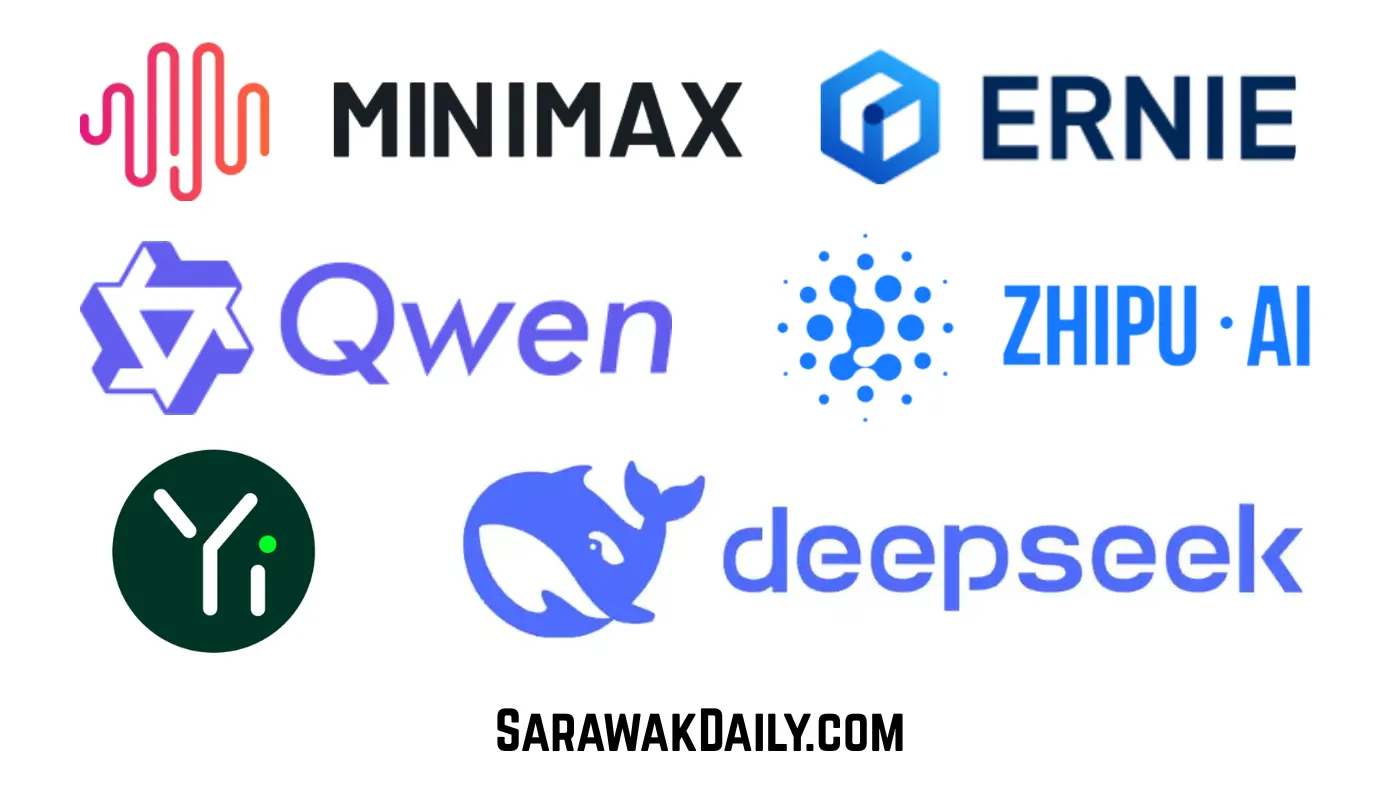BEIJING — China’s AI sector accelerates open‑source innovation post‑DeepSeek launch. Chinese AI companies are rapidly deploying DeepSeek alternatives as part of a coordinated open‑source effort that is reshaping global AI competition.
According to state media, firms across China rolled out upgraded foundation models this month—no longer simple chatbots but agentic platforms capable of complex, multistep reasoning and task execution. Leading the pack, Zhipu AI unveiled GLM‑4.5, which integrates coding, logic, and simulation generation capabilities and outperforms DeepSeek‑equivalent models on cost and efficiency.
Key Players & Model Highlights
Z AI (formerly: Zhipu AI) – GLM‑4.5
Positioned as more cost‑effective than DeepSeek, GLM‑4.5 is fully open‑sourced under permissive licensing. The model is already powering standalone applications—from physics simulations to interactive mini‑games.
Baidu – Ernie 4.5 & Ernie X1
Responding to DeepSeek’s disruption, Baidu released Ernie 4.5 and reasoning model Ernie X1, both open‑source. Robin Li, Baidu’s CEO, confirmed DeepSeek’s success accelerated this strategic shift. Ernie X1 reportedly matches R1’s performance at about half the cost.
MiniMax
MiniMax launched MiniMax‑M1, advertised as the world’s first hybrid‑attention reasoning model with open weights, delivering performance similar to DeepSeek‑R1 at only 25 % of the computing cost.
Moonshot AI
Moonshot AI released Kimi K2, a trillion-parameter open-source language model designed for long-context reasoning and multimodal dialogue.
Alibaba
Alibaba continued expanding access to its Qwen‑3 model, publicly sharing weights and promoting wide developer use.
01.AI
01.AI, led by Kai‑Fu Lee, has developed some open‑source models—including Yi‑34B and Yi‑Coder—optimised for affordability and high accessibility.
Strategic Context & Global Implications
This open‑source movement largely stems from the game‑changing release of DeepSeek‑R1 in early 2025—backed by an MIT‑licensed model, global adoption, and benchmarking comparable to GPT‑4 and Anthropic’s o1. The model shook global AI markets, contributing to a trillion‑dollar decline in US tech stocks.
DeepSeek’s affordability and open licensing spurred major industry and academic rethinking. Industry analysts describe China’s moment as an “Android moment”—where open models democratize access, cut costs, and fuel developer innovation.
At the World AI Conference in Shanghai, Premier Li Qiang unveiled China’s open-source AI vision aligned with multilateral tech governance, positioning it in contrast to the U.S.’s “America First” model.
Former Google CEO Eric Schmidt has warned the West to match China’s open-source momentum to maintain competitiveness, noting U.S. models—like GPT‑4 and Gemini—remain closed and costly. He advocates collaboration across models and borders.
What This Means
China’s leading AI firms—from Zhipu to Baidu, MiniMax, Moonshot, Alibaba, and 01.AI—are pivoting toward open-source release models, lowering barriers for global AI adoption and innovation.
This wave:
- Reduces cost of AI deployment
- Expands developer access
- Challenges proprietary norms
- Raises safety and governance considerations
As open-source AI strengthens China’s global influence, Western models face pressure to adapt or risk obsolescence in accessibility, affordability, and developer trust.
Source: Local News Agencies






